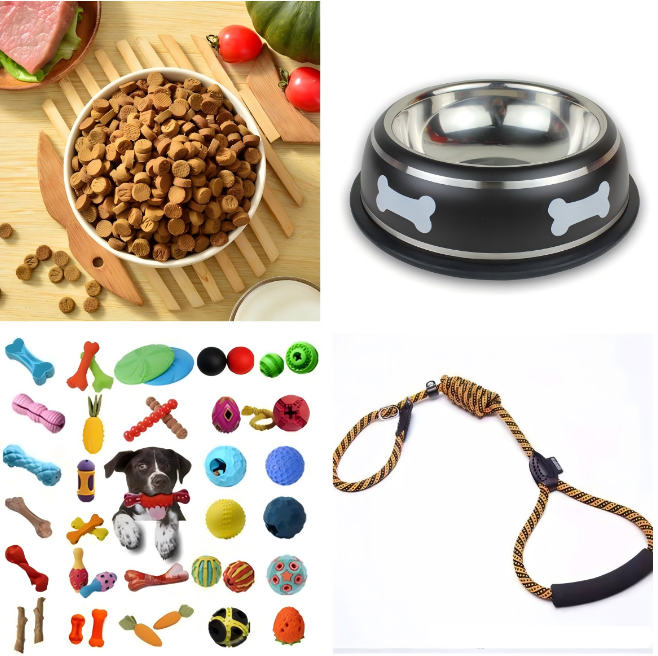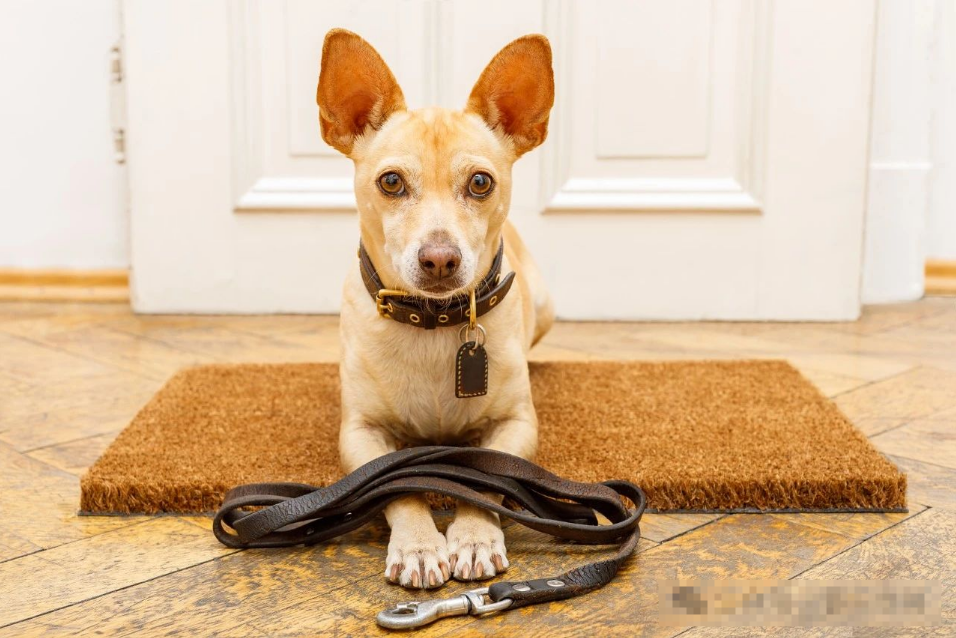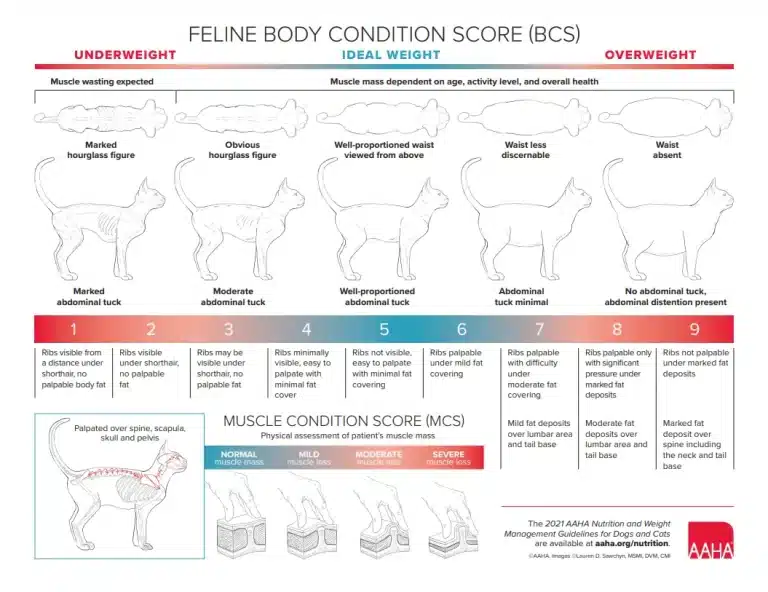15 Most Practical Advice for New Dog Owners (Stream Saving Edition), Don’t Be Glassy Eyed, Read Before You Own!
Preparations for Dog Ownership

Essential Supplies Checklist:
- Dog Food: Buy based on your dog’s eventual adult size rather than their puppy size.
- Food Bowl: Choose stainless steel or ceramic bowls instead of plastic ones (plastic can harbor bacteria after a couple of months).
- Leash & Collar (or Harness): Avoid retractable leashes; use a P-chain collar to aid in early training.
- Dog Bed
- Pee Pads
- Chew Toys: (e.g., Fengrong)
- Training Treats
Important Considerations:
- Household Responsibilities:
- Clearly designate who is responsible for feeding, walking, training, and cleaning up after the dog.
- Walking the dog is especially critical because—even for small dogs kept indoors—training to walk on a leash is necessary.
- Make sure you’re committed long-term (avoid a “three-minute passion”) and prevent any future blame-shifting among household members.
- Brush Up on the Basics:
- Familiarize yourself with the basic traits of your chosen breed as well as the fundamentals of dog training and care.
- Safety Check:
- Secure potentially dangerous items such as chocolate, onions, grapes, sharp objects, and always keep trash cans covered.
Daily Routine Essentials

Feeding Guidelines:
- Puppies:
- Feed 3–4 meals per day.
- Up to 4 months old: Feed 5–8% of body weight daily.
- Between 4 and 8 months: Reduce to 3–5% of body weight daily.
- Transition to Adult Diet:
- After 8 months, gradually shift to 1–2 meals per day, providing roughly 2% of the dog’s body weight in food.
Note: If your dog has diarrhea, reduce the food amount; if their stool is rock hard, increase it. Avoid feeding human food carelessly—medical bills for conditions like pancreatitis or kidney disease can be very high.
Outdoor Walks:
- Leash Up: Always use a leash.
- Clean Up: Always pick up after your dog.
- Exercise Duration:
- Small dogs: Aim for at least 30 minutes a day.
- Medium to large dogs: At least one hour per day (high-energy breeds may require even more).
Basic Training – The Golden Period:
- Ages 4–6 Months:
- It’s essential that your dog learns basic commands such as “sit,” “stay,” and “come.”
- Using treats to encourage desired behaviors and establish conditioned responses is far more effective than punishment.
Socialization – The Critical Period:
- Ages 3–12 Weeks:
- Expose your puppy to strangers, other dogs, and various environments to reduce sensitivity and behavioral issues later in life.
- Note that long-term crate confinement can lead to psychological issues. It might seem okay now, but you could end up spending a lot later to correct problems like resource guarding or biting.
Life-Saving (But Costly) Essentials
Vaccinations and Licensing:
- Vital: Vaccinations and dog licenses are non-negotiable.
- Diseases like canine distemper and parvovirus have up to a 90% mortality rate.
- Three shots costing around 600 RMB are well worth the investment in your dog’s life.
- Rabies:
- Failure to vaccinate can lead to confiscation of your dog and hefty fines, with the possibility of never getting your pet back.
Deworming and Parasite Prevention:
- Regular Deworming:
- For internal parasites, mix deworming medication (such as “Bai Chong Qing”) into treats once every three months.
- For external parasites, apply a treatment (like “Fu Lai En”) to the neck area once a month to prevent your dog from licking it off.
- In summer, add a tick prevention treatment (for example, “Bei Wei Duo”).
- Tip: Products like Da Chong Ai offer a combined oral treatment for both internal and external parasites, which many find convenient.
Spaying/Neutering Debate:
- Male Dogs:
- Neutering can prevent prostate cancer but might increase the risk of depression.
- Female Dogs:
- Not spaying can lead to conditions such as pyometra, with surgical treatment costing upwards of 8,000 RMB.
- If you choose to spay/neuter, it is recommended that females be spayed after their first heat and males be neutered between 6–8 months.
Beware of Overpriced “Extras”

Common Overcharges in Veterinary Care:
- Skin Conditions:
- Tests for issues like Malassezia or Demodex mites can cost over 500 RMB—even though simple iodine solutions might work.
- Foreign Body Ingestion:
- X-rays can run around 800 RMB, and abdominal surgery may start at 3,000 RMB. (Sometimes a simple removal via the anus might only cost 50 RMB if performed by a competent vet.)
- Senior Dog Check-ups:
- Wellness packages for older dogs often start at 2,000 RMB. Insist on a basic package and avoid unnecessary add-ons.
- Pet Insurance:
- Consider pet insurance with annual fees between 300–800 RMB, which can cover up to 70% of your expenses.
Avoid These Money Pits:
- Dog boots (most dogs dislike them).
- Dog clothes (unless necessary for small or short-haired breeds in winter).
- Nutritional gels (often 90% oil).
- Trendy treats (many contain additives to trigger overfeeding).
- “Pet communicators” (devices claiming to translate dog language).
- Pet funeral services (highly subjective in value).
Fatal No-Nos
Three Critical Mistakes:
- Feeding Chicken Bones or Cooked Bones:
- These can cause cuts in the esophagus or intestinal perforations, leading to serious internal damage.
- Walking Without a Leash While Distracted (e.g., on your phone):
- Your dog could get lost, and you might incur enormous costs trying to find it.
- If your dog is hit by a car, you may be liable for vehicle damage—even if you never know if your pet survived.
- Letting your dog get into fights with other leashed dogs can result in expensive liability claims.
- Neglecting to Train Against Eating Hazardous Items:
- Inadequate training can lead to pancreatitis (requiring hospitalization) or even fatal outcomes.
The Ultimate Realization

- The Truth About Dog Ownership:
- The first three months can feel like caring for a completely helpless dependent, and the following ten years might feel like raising someone who requires constant attention.
- Let Go of Illusions:
- There are no “naturally good” or “naturally bad” dogs—the results depend entirely on how much effort you invest in your dog’s training and care.
- Final Advice:
- Understand that the furry companion you invest your heart and soul in over 10 years will eventually pass away during your lifetime.
- If you’re ready for that journey, congratulations on gaining a pet that will love you unconditionally.
